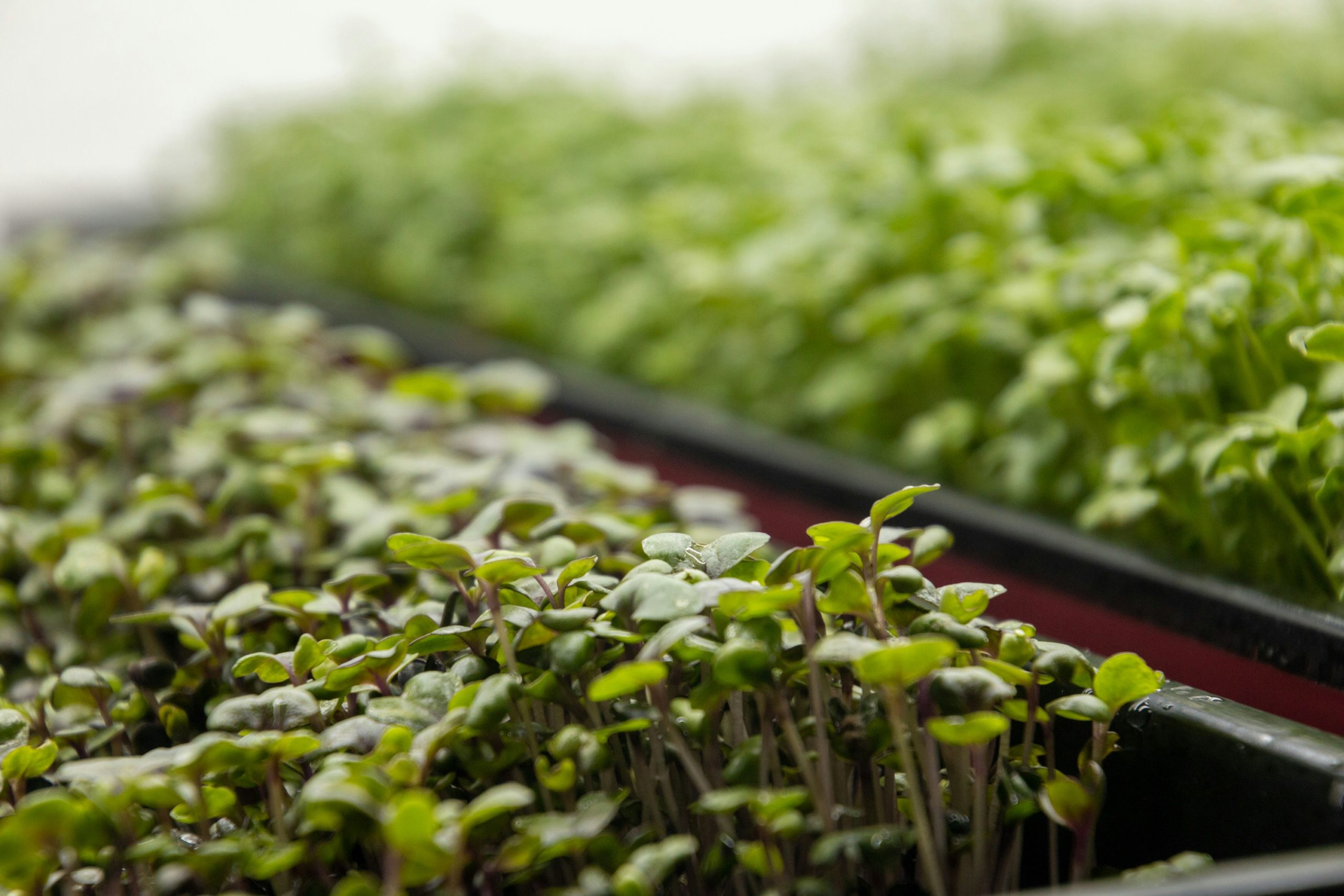Interview with Jennifer Pinna and Marie-Pier Lussier, Centre for Technology Transfer in Industrial Ecology (CTTEI) in Québec

A leader in the transition to the circular economy in Quebec, the Centre for Technology Transfer in Industrial Technology (CTTEI) develops innovative, cost-effective waste management solutions for businesses and communities, thanks to its unrivalled expertise in industrial ecology.
Jennifer Pinna and Marie-Pier Lussier, respectively Circular Economy Advisor and Project Manager at CTTEI, have recently been trained in the Circulab method, which complements and strengthens the organization’s toolbox.
In this interview, we sat down with them to better understand the concrete impact of circular economy projects such as industrial symbioses, and the factors behind their success.
Hello Jennifer and Marie-Pier, could you introduce yourselves in a few words and tell us about your backgrounds?
[Marie-Pier] Hello, I’m Marie-Pier Lussier, I have a bachelor’s degree in agricultural and environmental sciences and a master’s in environmental management. I began my career as an industrial ecology consultant at the Centre local de développement (CLD) Brome-Missisquoi. CLDs are organizations that promote economic development and support entrepreneurs in the regions of Quebec. I joined the CTTEI team in 2021.
As a biologist, I studied ecosystems, and I like to approach the business environment as an ecosystem too. As such, I’m convinced of the benefits of the circular economy for society in general, and the business world in particular.
[Jennifer] Hi, I’m Jennifer Pinna. I also have a master’s degree in environmental management and have been with CTTEI since 2012. One of my greatest prides is to have contributed to our organization’s positioning as a forerunner in the circular economy in the province, and to the creation of Synergie Québec, which brings together our industrial symbioses in the form of a community of practice.
My greatest passion is transferring my knowledge. I do this by teaching at the pre-university level, leading mobilization and networking workshops, giving training courses and conferences on the circular economy and related subjects, and even writing books such as “Guide de création d’une symbiose industrielle” (Guide to create an industrial symbiosis).
I recently coordinated the EFC Québec project, a vast national project to deploy the economy of functionality and cooperation funded by Action-Climat Québec, in which Marie-Pier also participated!
What is CTTEI’s core activity today, and what distinguishes you from other organisations?
CTTEI is very special: we’re more than a symbiosis-driving organisation. Institutionally, we report to the Ministry of Higher Education of Quebec and we are affiliated with the CEGEP of Sorel-Tracy. We are both a center for applied research on a technological level, with laboratories, engineers, biologists and chemists looking for innovative, cost-effective solutions to recover residues, and a player in social innovation, mobilizing organizations in the transition to the circular economy.
A fine combination of expertise at the service of businesses and communities. In short, we’re practically an ecosystem in ourselves!
One of CTTEI’s specialties is industrial symbioses, in which companies exchange resources (waste, energy, expertise, etc.) within the same region. Could you give us a few examples of successful projects you’ve initiated or supported recently?
Indeed, CTTEI has been pushing the creation of industrial symbioses in Quebec since 2008. We contributed to the birth of the first symbiosis in the Bécancour region, and we’ve never stopped getting involved since. In 2013, we officially created the Synergie Québec community of practice, which brings together 21 industrial symbioses across the province. This network is unique in Canada.
Our role has evolved over the past ten years. From creators of symbioses, we have become specialists in supporting local communities.
We’re talking less and less about “industrial symbioses” and more and more about “territorial circular economy projects”. Whereas symbioses used to focus on the exchange of materials, these projects now involve the pooling of transport, equipment, materials and human resources.
The objective of industrial symbioses is to generate savings for all participants, while at the same time reconsidering potential waste as a new resource and enabling the regeneration of virgin natural resources. What is the real impact of these collaborations?
That’s an excellent question! Evaluating all the impacts has kept us very busy in recent years. It’s extremely important to be able to count the successes and effects of industrial symbioses to ensure their continued existence.
We have therefore made a major effort to quantify the impact of symbioses and the synergies they generate. We have put in place indicators such as the tonnage of materials diverted from landfill, the number of tonnes of CO2 avoided, the costs saved, but also the other positive social consequences generated by the involvement of organizations in synergies. There are things that are more difficult to quantify, such as the boost given to the local economy. However, the mobilization of players around common objectives that bind communities together is tangible.
To better disseminate these impacts, we publish an annual Compendium of Synergies documenting the projects and their impacts, and make them available for free download online.
What do you think makes an industrial symbiosis succeed or fail? Do you have any examples of projects that didn’t work, and could you explain why?
The main factors in the success of an industrial symbiosis are: the work of facilitators on the ground and the intensity of the political will of local players.
The facilitators who know the companies and bring them together are the real heroes of the circular economy. Without them, there can be no exchanges. They help create a bond of trust between all parties.
A symbiosis can run out of steam when the supporting organization has difficulty combining the promotion of the circular economy with economic development activities. Finally, it has to be said that a major challenge is linked to institutional funding, which has to be regular to ensure sustainability. Political changes or delays in funding renewals jeopardize the survival of the network, which runs the risk of losing expertise through the departure of skilled staff and a breakdown in service to the companies involved.
What is your current approach to consulting, and what new added value are you seeking to bring to your programs with the Circulab method?
We believe that the Circulab method will help us accelerate the transition of companies and communities to the circular economy by providing them with concrete tools for rethinking their business model, services or products.
Thinking back to the business model level gives us the chance to integrate circular economy strategies, including those that work upstream, such as eco-design, operations optimization, and also the economy of functionality and cooperation (which we also consider to be an upstream strategy).
This is all the more important as, in Quebec, we have a predominantly SME economy. So, as the Circulab method helps to invent and reinvent business models, it becomes a relevant tool to support entrepreneurship.
In a way, we can say that, with this tool, the circular economy enters the company directly through the right door, instead of through the exit reserved for garbage cans, as has long been the case.
How did you learn about Circulab and what motivated you to train in the Circulab method and tools?
At CTTEI, we have a long tradition of cooperation with France. Industrial and territorial ecology was invented in Europe, and we’ve always worked closely with partners such as Orée and Ademe.
Circulab is not yet very well known in Quebec, but we’ve been following the community’s development since its inception. The tools are interesting, and we want our organizations to benefit from them. The momentum is there because the circular economy has become a major topic here.
From a personal point of view, being part of this community is a plus for our skills development. It’s also a way of distinguishing ourselves in our ecosystem.
What are your ambitions as Circulab community members?
For the moment, they’re modest! The Circulab toolbox is a new string to our bow for mobilizing communities and companies to open up their horizons with regard to their business model. We’re working on mastering this novelty and adapting it to Quebec business realities.
We’re used to bringing new things to the country and experimenting. We did so recently with the launch of the EFC Québec project. After all, innovation is our specialty!




Thank you, I have just been searching for information approximately this topic for a while and yours is the best I have found out so far. However, what in regards to the bottom line? Are you certain concerning the supply?